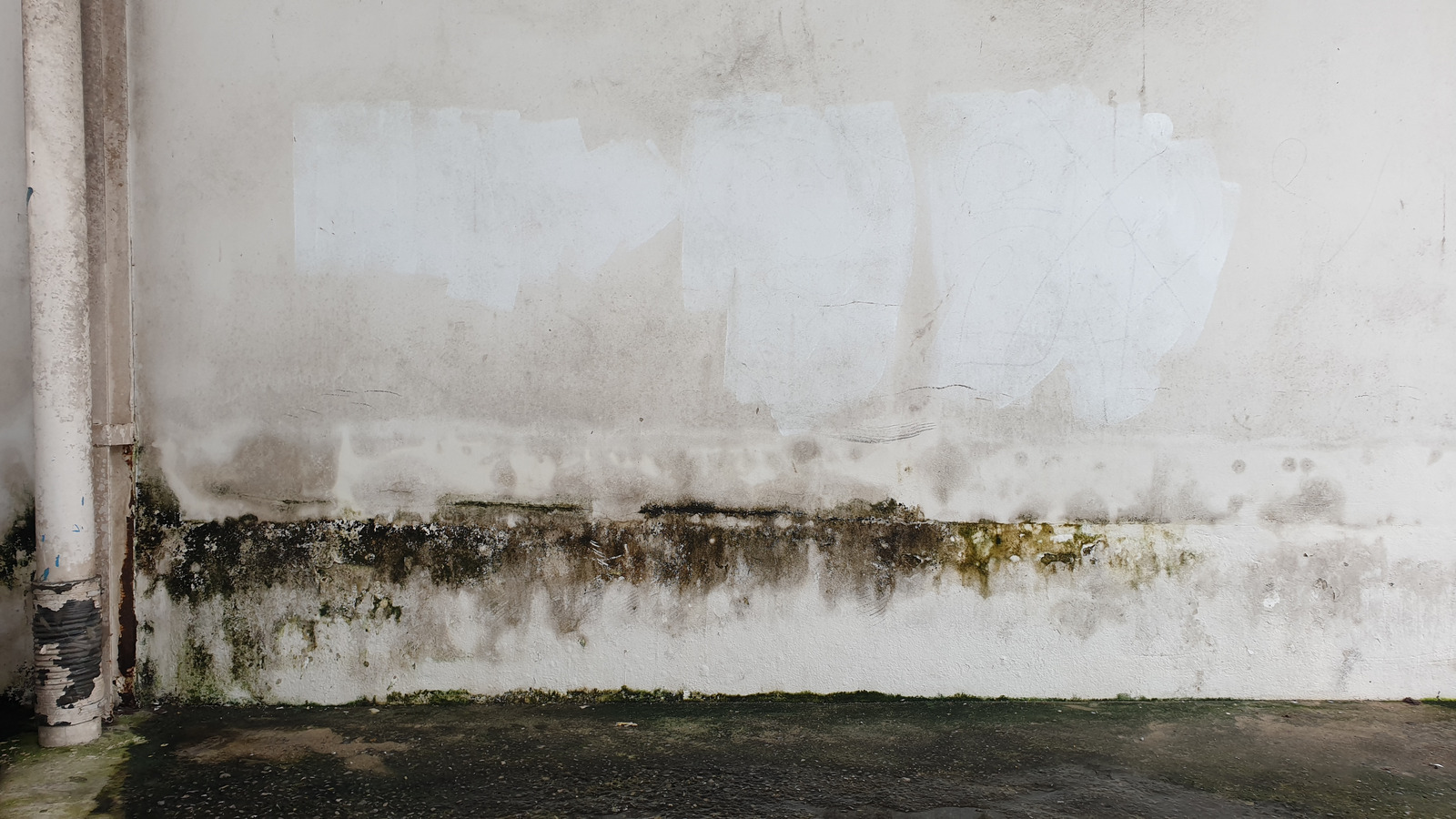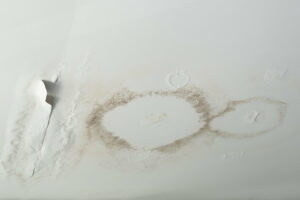Instructions to Detect and Repair Stains from Water on Wall Surfaces
QuoteWhat are your opinions regarding How to Find and Repair Water Leaking in the Wall?

Water discolorations on walls are not enjoyable to the eyes. Occasionally it appears almost inescapable to experience water stains on walls in homes.
Property owners living in moist areas continuously deal with the anxiety of water spots on walls. With precise and also well-shaped information on the reasons of water stains and timely repair processes, you will always be a step ahead of such occurrences.
3 Typical Reasons For Water Spots on Walls
Unlike popular belief, water spots on walls do not constantly come from inadequate building materials. There are a number of sources of water spots on wall surfaces. These include:
Moist
When hot wet air meets dry cold air, it creates water beads to form on the walls of buildings. This takes place in washrooms as well as kitchens when there is heavy steam from cooking or showers. The water beads can stain the bordering walls in these parts of your house and spread to other areas.
Wet or condensation impacts the roof and wall surfaces of structures. When the wall surface is damp, it develops an ideal environment for the growth of fungis and also microbes.
Poor Drain
When making a structure plan, it is crucial to ensure sufficient drain. This will certainly protect against water from permeating right into the wall surfaces. Where the water drainage system is obstructed or missing, below ground dampness accumulates. This web links to extreme dampness that you notice on the walls of your building.
So, the leading root cause of wet walls, in this instance, can be an inadequate drain system. It can also be because of inadequate management of sewer pipes that run through the building.
Pipe Leaks
Most houses have a network of water pipes within the walls. It constantly boosts the practicality of such pipes, as there is little oxygen within the wall surfaces.
Yet, a drawback to this is that water leak influences the wall surfaces of the building and triggers extensive damages. An indicator of faulty pipelines is the look of a water tarnish on the wall.
Pro Tip
A houseplant in your house additionally raises its moisture. If the residence is already humid, you might desire to introduce houseplants with minimal transpiration. An example of ideal houseplants is succulents.
Water Discolorations on Wall: Repair Tips
When dealing with water spots, property owners would usually desire a fast solution. Yet, they would certainly quickly recognize this is counterproductive as the water stains repeat. So, below are a few valuable tips that will lead you in the repair of water stains on wall surfaces:
Verdict
No one desires to have water spots on walls in their residence, it can happen to the best of us. This post gives you utilize, as you now understand how to handle this incident if it does take place.
It is constantly best to hire professional solutions to help deal with the problems in your home.
Occasionally it appears nearly unavoidable to experience water stains on walls in residences.
Contrary to popular belief, water discolorations on wall surfaces do not always stem from poor structure products. There are a number of causes of water spots on walls. The water beads can discolor the surrounding wall surfaces in these components of your residence as well as spread to other areas.
Here are a couple of helpful tips that will certainly assist you in the repair work of water discolorations on wall surfaces:
CHECKING FOR WATER DAMAGE
Water damage can be costly, and it may begin before you even notice the first signs of trouble. Water damage can cause mold and mildew in your walls and floors, which can create an abundance of health concerns for your family. It can also lead to costly repairs of various appliances and general home fixtures. To avoid the pricey consequences of water damage, here are Warner Service’s top 5 places you should check:
The walls – The easiest place to spot the beginnings of water damage is on the walls and ceilings of your home. If water damage is present, there will most likely be water stains, especially around the windows and doorframes, and/or cracks in the drywall. If a stain looks unusual (discolored to brown, black or gray, raised texture), has a swollen appearance or is soft to the touch, contact a professional immediately. The pipes – To avoid water damage, consistently check the pipes in your kitchen (especially the dishwasher and ice maker), bathrooms, laundry room (specifically washing machines) and basement for corrosion, leaks and water stains. Pay special attention to where the pipes connect in your home and the location of caulking around the bathroom fixtures, including toilets, sinks, showers and tubs. Missing or loose caulking and grout could be signs of leaking water. This seepage can also quickly cause mold and rust, so double check your water heater and tank for wet spots on the floor. The floor – Water damage is very easy to spot on the floor. Look for any warping or buckling of the material, especially in the basement. If your home has wood flooring, look for bright white or dark stains. If your home has carpeting, keep it dry and clean. A damp carpet that smells of mold could cause water damage and health problems. To avoid this, consider installing floor pans under your appliances to help prevent damages from small, slow and undetected leaks. The basement and attic – If your basement or attic smells odd check for mold and mildew around the area, especially the valley where the roof meets. While you are inspecting those areas, check for wall cracks, floor stains, rust and dampness in the insulation. If you live in a colder and/or rainier climate, perform routine checks for water damage from melting snow or ice and rain. The exterior – Check the roof for damaged flashing and missing, cracked or curled shingles. There should also be no standing water anywhere outside your home. This could be caused by puddles, leaky rain gutters or hoses, poor drainage, or short gutter spouts. Invest in a sump pump system or water flow monitoring system, and perform routine maintenance on these outdoor appliances to avoid indoor water damage.

As a fervent person who reads on How to Find and Repair Water Leaking in the Wall, I think sharing that post was really useful. Are you aware of anybody else who is enthusiastic about the topic? Take a moment to promote it. We take joy in reading our article about How to Remove Water Stains from Walls and Ceilings.
Schedule An Appointment